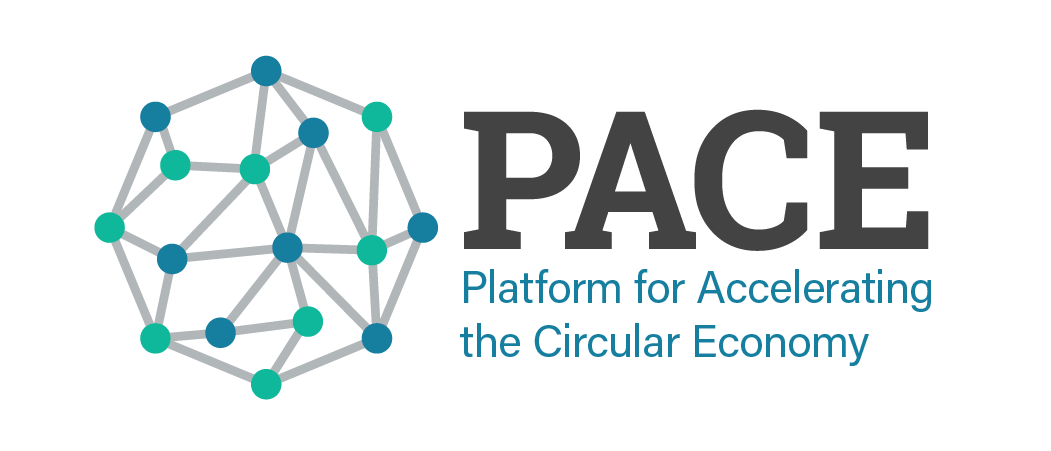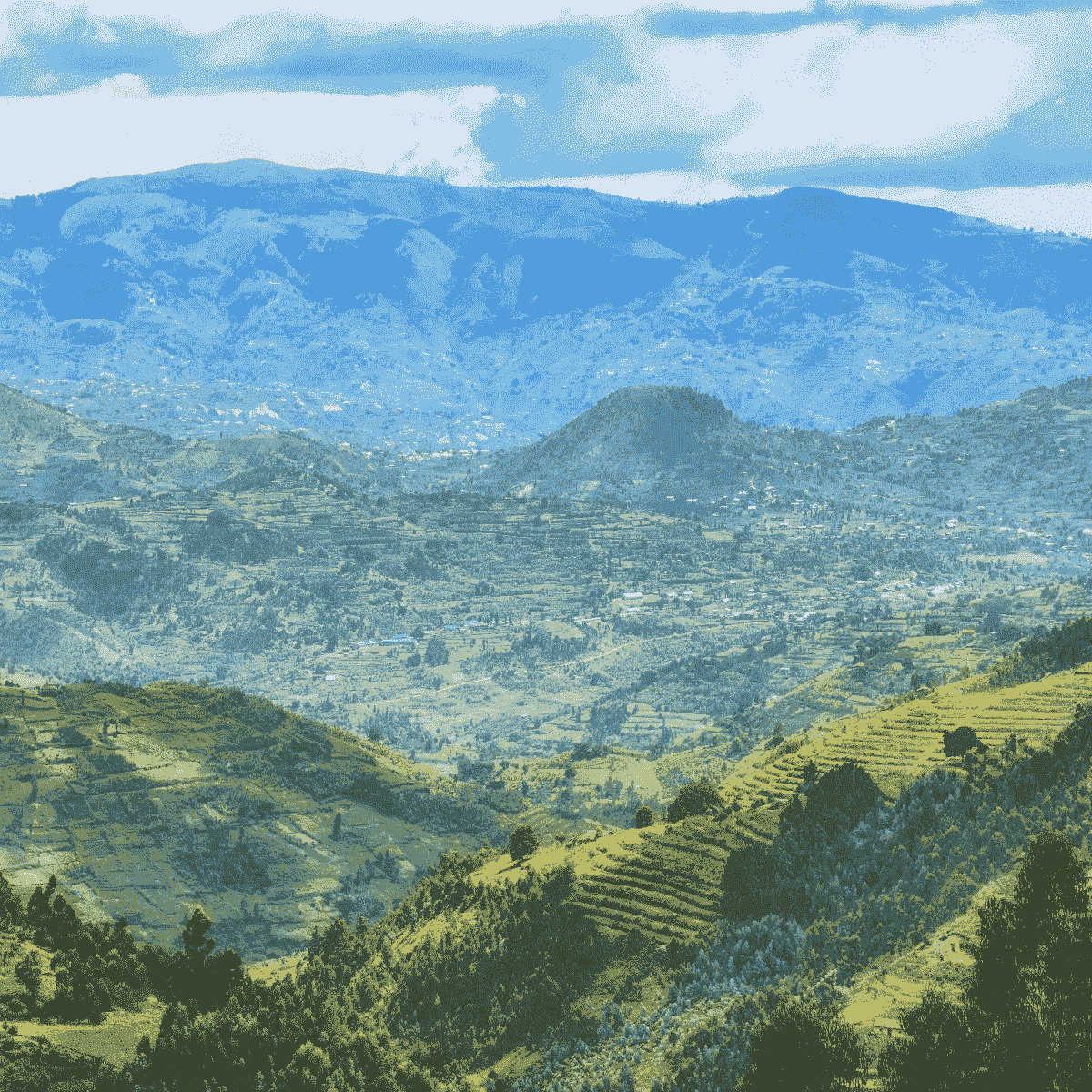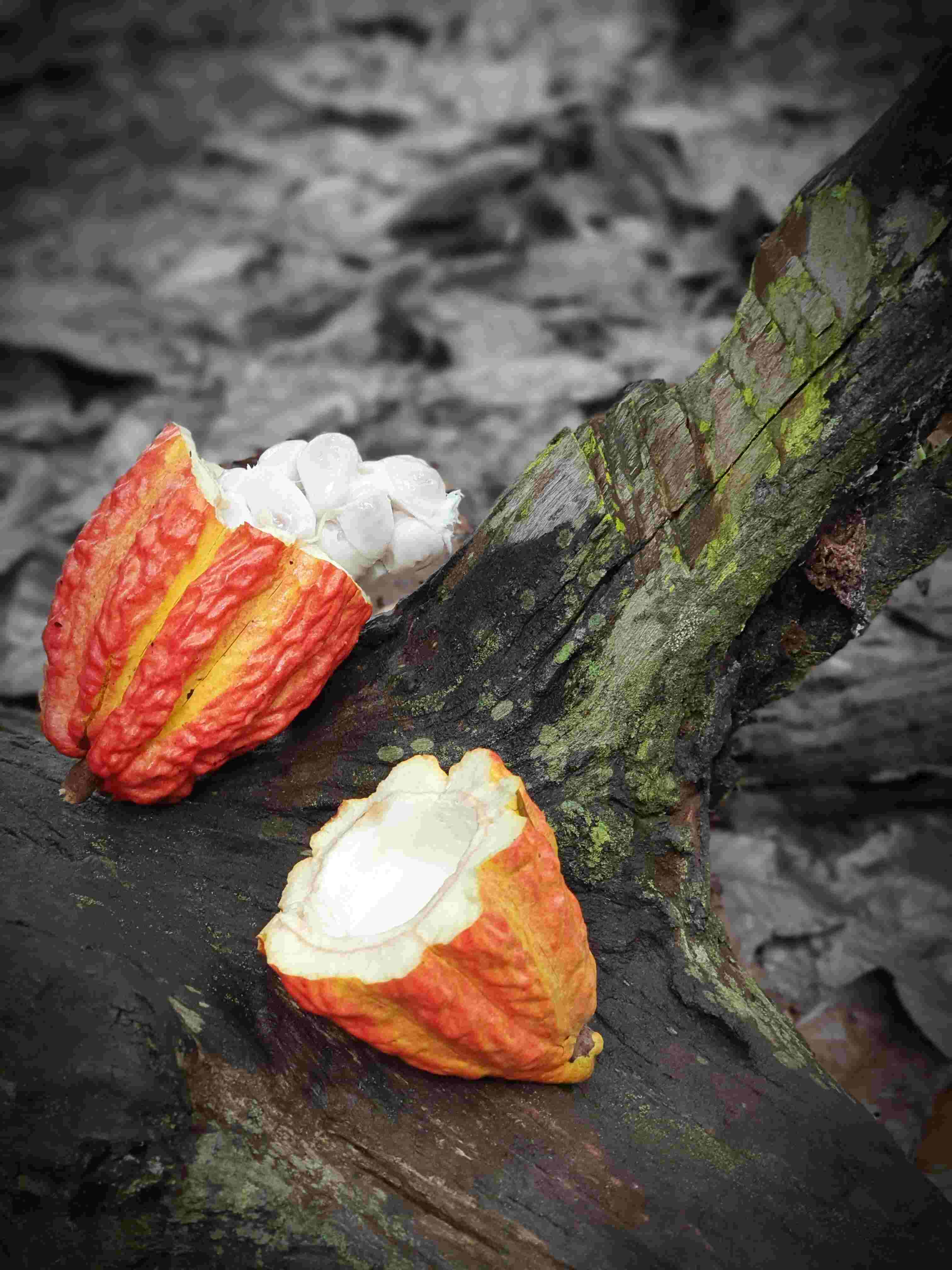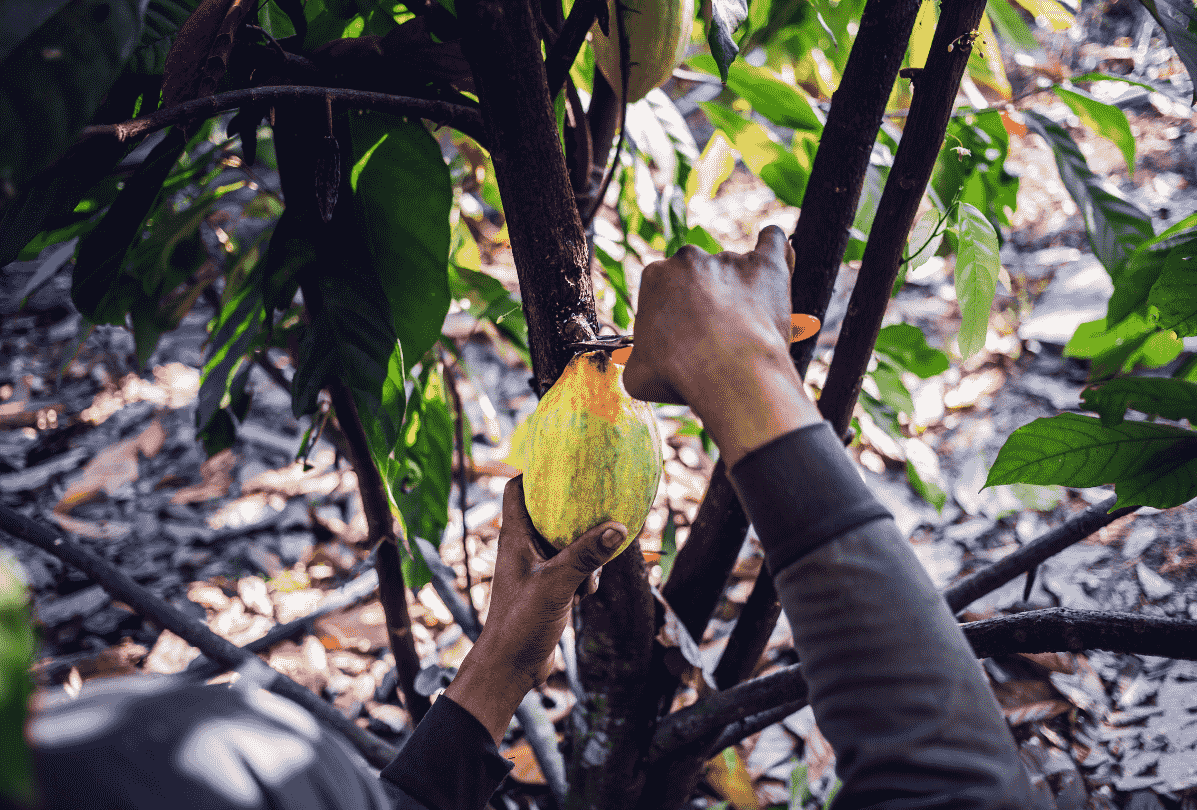Husk, straw and bran: The circular potential of by-products within the rice value chain
Article subtitle
Through a convergence of tradition and innovation, the byproducts of rice are increasingly recognised for their untapped circular potential rather than treated as waste. We outline some of these recognised uses in our latest blog.
Through a convergence of tradition and innovation, the byproducts of rice are increasingly recognised for their untapped circular potential rather than treated as waste. We outline some of these recognised uses in our latest blog.
Through a convergence of tradition and innovation, the byproducts of rice are increasingly recognised for their untapped circular potential rather than treated as waste. In partnership with Resonance, PACE has identified rice, alongside cocoa, as a high-potential value chain for research and action, working toward our priority of ‘Recapturing resources for circular food production’.
The byproducts of rice production include rice straw, husks, and bran. There are as many as 40 different products that can be made from these rice byproducts. For every ton of rice that is grown, 500 lbs of rice husks and straw are created. It is estimated that around 80% of rice straw is burnt in open burning practices. This is acknowledged as a major contributor to atmospheric pollution and GHG emissions, a waste of organic material, and has a negative impact on human health and water quality.
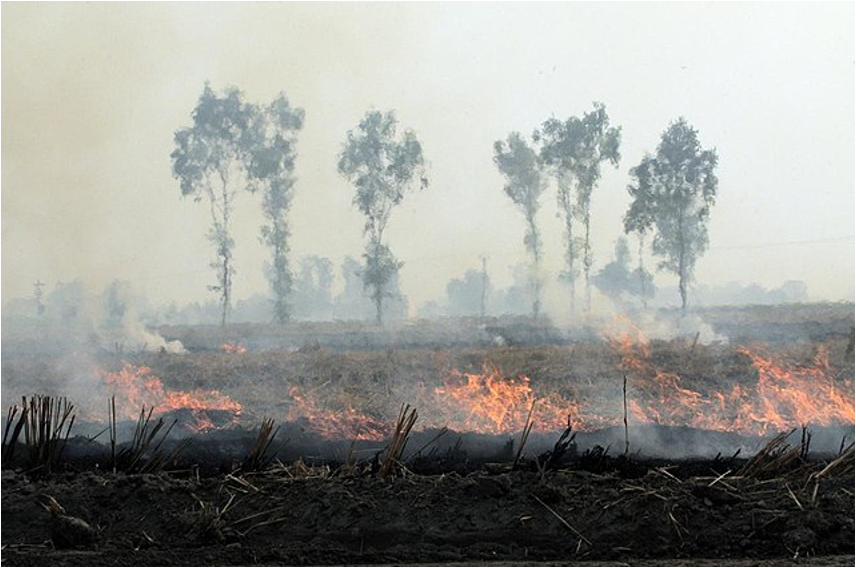
Last week, we highlighted why a circular economy for rice was important within a context of changing climates and increasing supply-demand gap. This week, we’re spotlighting some of the numerous uses of rice byproducts – husk, straw and bran – exploring the hidden value of these byproducts and their role in reshaping the circularity of the rice value chain.
Rice straw
Rice straw is produced during the harvest stage of rice production, the stems removed with the rice grains. There are multiple uses of rice straw:
Building and construction
Natural fibers from agricultural wastes, like rice straw, can be processed to produce light weight and low-cost polymers for use within building and construction products including particle board, medium density fibre boards, straw board, straw bales, thatched roofs, cement bonded boards and composites. The construction sector is one of the major emitters of CO2, and it is widely acknowledged that the decarbonization of the sector involves embracing alternative materials, of which rice straw can play its part.
Paper and packaging
One company in India, Craste, is using rice straws to make boxes. Craste’s innovative technology takes rice straw residue left after harvest and saves them from the burn pile by turning them into packaging boxes. Their process is 100% tree-free, requires 1⁄3 the water of traditional processes, provides a guaranteed income for farmers, and keeps 1460 kg of C02 per tonne of straw out of the atmosphere by preventing crop burning. Craste purchases crop waste from rice farms in Delhi, Gwalior, Ludhiana and Allahbad that would have been burned after harvesting.
Mushroom
A mushroom called Valvariella volvecea is grown upon rice straw beds, cultivated in East and Southeast Asia by farmers in Vietnam, the Philippines, and Cambodia. With a high protein content and distinct and pleasant flavour, the mushroom is an effective food source for communities with higher poverty rates. This mushroom promotes food security to the community and gives farmers more economic security if a rice crop cycle produces lower yields than expected.
Rice straw has numerous other potential uses, including as biofuel, textiles, and in compost production.
Rice husk
Rice husks (or rice hulls) are the protective outer layers of rice grains, discarded during milling. Despite being non-edible, they hold significant value due to their versatile applications across industries such as fuel sources to insulation material and even livestock bedding. Rich in silica, they're used in silicon production and as an ingredient in cement.
Concrete
As a material, rice husk contributes to enhancing the compressive strength of concrete. In the transformation of rice husk to ash (through post-production burning), the cycle eliminates the natural products, leaving silica-rich remains. These silica-rich remains can be utilized in concrete as a limited substitution of cement to enhance its compressive strength. Rice husk ash has been categorized as a highly reactive material meaning it contains unique chemical compounds that are needed in cement. Rice husk ash industry is set to generate revenue of $1.64 billion by 2025.
Insulation
Rice husk has also been used as insulation for cold storage, walls, and roofs in China for many years. In its raw and unprocessed state, the rice hull constitutes a Class A or Class I (containing fire resistant properties) insulation material. 40% of all materials used in the construction sector are classified as “hazardous”. Using rice husk for insulation and construction is a safe, sustainable, and financially beneficial alternative. While there is research on using husks for insulation, there are less examples of countries/companies putting this into practice.
Biochar
Rice husk biochar is effective for energy production, sustainable waste recycling, carbon sequestration, soil quality improvement, and better plant growth. Rice husk can be converted into energy-rich biochar via thermochemical treatment due to its high carbon content. An example of a company successfully valorising risk husks is Safi Organics, operating in Kenya. They collect discarded rice husks and transforms them into a nutrient and carbon-rich organic biochar fertiliser called Safi Sarvi.
Rice bran
Rice bran is separated from rice during the second milling process and is the outer brown layer of brown rice. It is commonly converted into rice bran oil but also has uses as animal feed.
Rice bran oil
Rice bran oil is oil extracted from the hard outer brown layer of rice bran. The oil is well utilized across the world and is used for high temperature cooking due to its low smoke point. As of June 2022, in India, rice bran oil was trading at 147,000 Indian rupees ($1,879) per tonne compared with sunflower oil at 170,000 rupees. While there’s little research, it is worth considering rice bran as a sustainable and cost-effective alternative to palm oil in a country like Indonesia that is facing suspensions of palm oil export permits.
Animal feed
Rice bran is currently used more frequently as animal feed, but there is a move to shift to more human consumption in developing areas.
Opportunity
Here we have highlighted multiple identified uses of rice by-products. Currently, PACE is working to identify key intervention points to scale a circular economy for rice. The paradigm shift towards a circular economy for rice byproducts is a win-win proposition. It harnesses the hidden potential of these seemingly disposable materials, driving economic growth, ecological sustainability, and societal well-being. By recognizing the value in these byproducts and investing in innovative utilization methods, we take significant strides towards a more circular, resilient, and harmonious relationship with one of the world's most vital crops.
